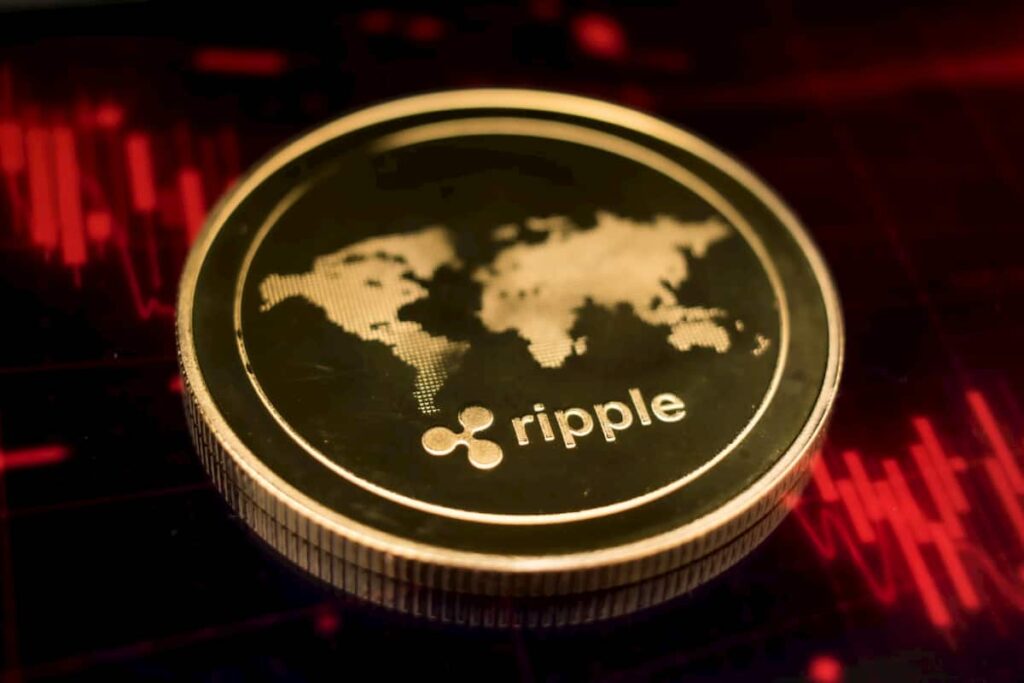In the ever-evolving world of cryptocurrency, significant moves often capture the attention of investors and experts alike. Such events can shift market narratives and offer insights into the future positioning of digital currencies. One recent development that has spurred intrigue is the record burn transaction involving Ripple USD (RLUSD) tokens. Understanding the implications of this transaction requires an in-depth analysis of the mechanisms involved and the potential impacts on the broader cryptocurrency ecosystem.
The Significance of the Ripple USD (RLUSD) Burn Transaction
On April 22, at precisely 11:05 PM UTC, the cryptocurrency landscape witnessed an unprecedented Ripple USD (RLUSD) burn. According to data sourced from Xrpscan by Finbold, an astounding 12 million RLUSD tokens were removed from circulation. Such transactions are not commonplace and often signify deeper strategic financial maneuvers.
Understanding the Mechanics Behind RLUSD Token Burns
Ripple’s stablecoin, RLUSD, operates on a burn mechanism similar to that of XRP, where a negligible fee (0.00001 tokens) is permanently taken out of circulation. However, the recent event marks a notable deviation from this standard procedure.
What Does the RLUSD Burn Tell Us?
On April 23, an explanation surfaced from Vet, a pseudonymous XRP dUNL validator, who clarified the situation via a post on X. Essentially, RLUSD tokens are minted to fulfill liquidity demands at the request of customers and are subsequently burned to redeem liquidity similarly. This particular burn, the largest of its kind since RLUSD’s introduction, indicates a strategic liquidity management initiative rather than a shift in supply control mechanisms.
Transferring RLUSD Across Blockchains: A Strategic Liquidity Bridge
Following the massive burn, an equivalent 12 million RLUSD tokens were minted anew, this time on the Ethereum blockchain. This movement highlights a cross-chain liquidity transition rather than a simple deflationary gesture. It underscores the interplay between different blockchain networks as users navigate liquidity preferences.
What Does This Mean for RLUSD and Its Investors?
While this transaction may appear as a dramatic shift, it reflects the fluid nature of liquidity management within the cryptocurrency space. With stablecoins like RLUSD, practical applications often outweigh speculative trading. Consequently, the implications for investors are more about understanding liquidity strategies than anticipating supply and demand fluctuations typically associated with volatile cryptocurrencies.
Does This RLUSD Event Indicate a New Deflationary Policy?
The recent transaction does not signal an introduction of a new deflationary mechanism for RLUSD. The strategic movement of tokens between networks primarily serves liquidity purposes and does not affect the stablecoin’s overall supply strategy.
Conclusion: A Major Milestone in RLUSD’s Journey
Despite not representing a change in deflationary policy, this significant cross-chain transfer marks a milestone in the lifecycle of the Ripple stablecoin. It illustrates the adaptive liquidity strategies employed by cryptocurrency networks to meet user demands across different platforms.
FAQs
Is the RLUSD burn a sign of changing supply mechanisms?
No, the burn does not indicate a change in deflationary mechanisms. It serves as a liquidity management strategy, enabling the movement of tokens across different blockchain platforms.
Why were RLUSD tokens minted on Ethereum after the burn?
This action is part of managing liquidity across blockchains. Tokens were moved from the XRP Ledger to the Ethereum network to fulfill liquidity demands, demonstrating flexibility in blockchain usage.
How does this RLUSD burn impact investors?
For investors, this event highlights the importance of understanding liquidity dynamics rather than focusing solely on supply and demand shifts. Stablecoins, such as RLUSD, are designed for stability, and their primary appeal is not speculative gains.

